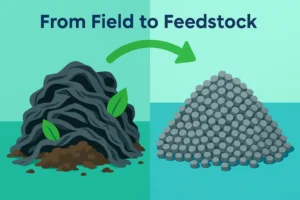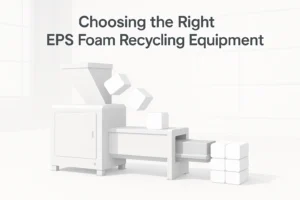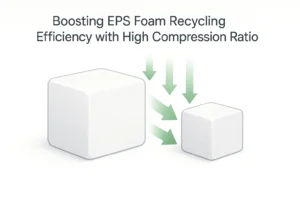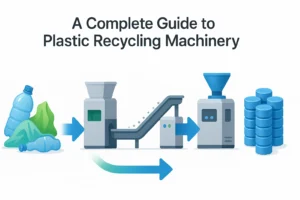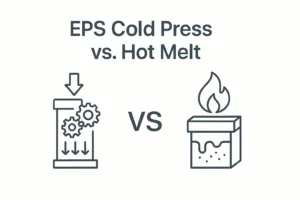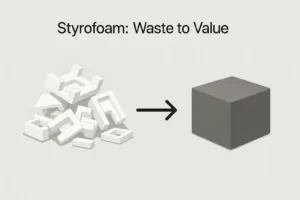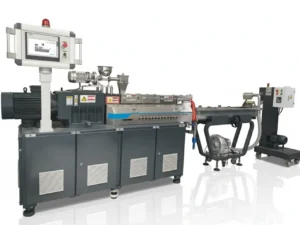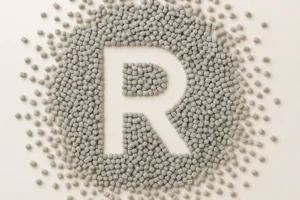From Field to Feedstock: The Complete Guide to Recycling Contaminated Agricultural Film
Heavily contaminated with dirt, sand, and moisture, agricultural film is one of the most difficult plastic waste streams to recycle. Many believe it’s impossible. However, with the right specialized technology, this challenging waste can be transformed into a high-value, reusable feedstock. This comprehensive guide explores the step-by-step process, detailing how Rumtoo’s purpose-built, integrated washing and pelletizing systems are engineered to turn a complex waste problem into a profitable opportunity.

